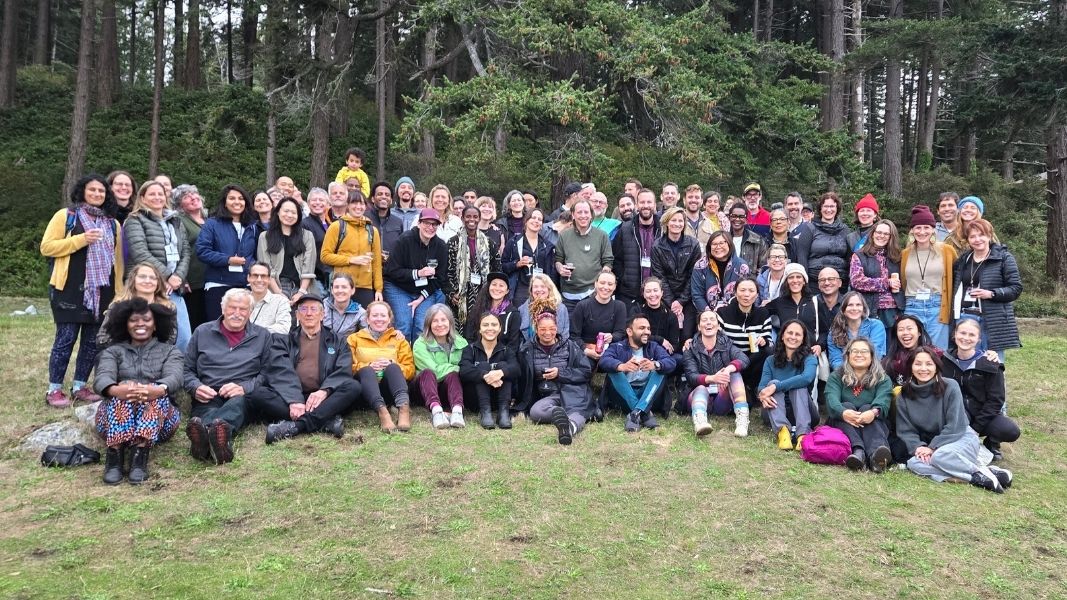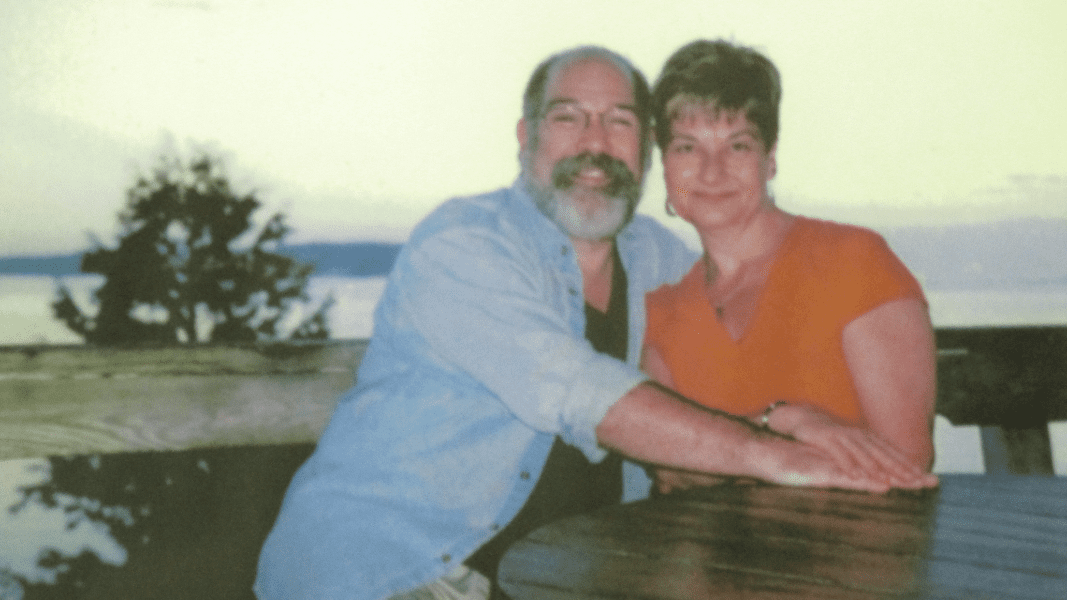Oh the joy of being a CEO. What should I focus on? How should fill my days? Should I get into the weeds? Should I focus on the traditional pieces of the work (strategy, program, finance, marketing, fundraising) or should I lean into something more esoteric like organizational culture?
If you know me at all (and my past work at Pivot or NationBuilder), you know that of all these important pieces (and all of it is super important for success), I am really excited by organizational culture. I believe that all of the work parts of the work are supported and made possible by a healthy organizational culture. In my opinion (and experience) a healthy organizational culture is the difference between grinding it out and thriving.
When I started at Hollyhock in August of last year, I decided that I wanted to move the organization to a more distributed leadership model. In order to get there, I knew that I would have to focus on devolving some of the responsibilities that had traditionally been held by the CEO to the senior leadership team. My guess was that this would require three things: vulnerability, transparency, and real accountability.
One night in August (one of the those beautiful Cortes’ summer nights) sitting on the deck at our Cortes campus, I was fortunate to have dinner with Robert Gass (legendary facilitator of Art of Leadership) and I told him of my plan. Robert gave me a very important piece of advice, “by all means move to a distributed leadership model, but do a competency test first.” For me, the competency test meant that staffers could perform the duties of their job, but more importantly they could accept and thrive in a setting that focused on vulnerability, transparency, and accountability.
Vulnerability
I regard vulnerability as the number one quality for any good leader. If you cannot be vulnerable, admit your human frailty, your fears, your mistakes, you will never be a great leader. You might get lucky and be able to grind it out, but you will never reach your potential. That was the message that I brought to Hollyhock’s senior leadership team in November in a retreat facilitated by one of my greatest mentors, Kathryn Thomson of Leadership Mind consulting.
My goal in highlighting vulnerability is not to turn people in pools of mushy emotion (although, that does happen from time to time) but is instead much more practical: if at a senior level you cannot state your mis-steps, know what is guiding your decisions (fear and other emotions), and identify your weakness, it is really hard to make sober business decisions. How will Hollyhock be able to move into the 21st Century and rise to the challenges of the time (inequality, reconciliation, climate change, precarious work and automation) if our senior leadership can’t be real with each other. I have big plans for this team and our organization and so this became priority one for me.
I grounded the culture in three fundamental agreements:
1. Be present – if you are here, be here. No distracted multi-tasking.
2. Say the thing – use your courage and presence to express yourself truly.
3. Express discontent in the circle – don’t leave a work conversation disgruntled and go find someone easy to complain to.
*both number 2 and 3 were adapted from the culture at NationBuilder. Thanks to Jim Gilliam and Lea Endres.
Transparency
If I was going to ask the senior leadership to step up, I had to give them the tools to do their best within the restrains of our business realities and that meant giving them full access to the budgets and the financial levers of power at Hollyhock. Devolving financial power is never an easy task as it requires a huge amount of trust. It also requires a good amount of faith that your instincts about your team are correct. Can I trust these people with the financial realities of our organization? Can I leave budgets in their hands? Will they hold up their end of the bargain? What if they don’t? What is the cost of not letting them try? These and many other questions can keep me up at night.
Transparency is not perfect. It is messy; just like humans. In the end, I (obviously) decided that trusting my new senior team with their budgets (and the financial health of the organization) was worth more to me than the potential loss to the organization of not being transparent. As a team we set goals for the organization based on the financial realities and opportunities of our current business model. The senior leadership team then went about sharing those goals with the entire team and spent a good part of the first few months of Q1 building buy-in around those goals. Of all the meetings I have been in since joining Hollyhock, some of my favourites have been the ones where the senior leadership share the budgets with their managers. I love seeing the managers connect the dots and realize how their departments contribute to the overall health of the organization.
Accountability
Accountability is a word that gets thrown around a lot. It’s usually a stick that people use to beat each other with. I can remember being a much younger man and demanding people “be accountable” without even wondering why or who I was asking them to be accountable to. I have come to understand accountability to be the practical application of vulnerability and transparency. When you have the leadership skill to show up with your full self (shadows and all), and you have the tools to perform your job (budgets and the like), then accountability allows you to own the pieces that you do well and the pieces that you struggle with.
The scariest thing about distributed leadership is that if you have truly “been present” and “said the thing” and made the tough decisions, when things go sideways (as they always do), there is no-one to heap the blame on. The only thing left to do in those moments is to own it, to be accountable, and to (hopefully) learn from it. If teams can align around a goal, and each person is accountable for their part, the possibilities for organization success are endless. The opposite is a spectacle any self-respecting person hates to see unfold: excuses, smoke and mirrors, and deflection. An old friend and I used to call this behaviour “trouting” as we saw it mimicking a slippery fish trying to escape.
The work we have done in the past nine months at Hollyhock has been profound and transformational. The senior leadership team and the staff has stepped up in all the ways I have asked and I hope that I have stepped up in the ways they needed from me. We are seeing great returns on this work already. We are off to one of the best starts on record for program sales and our other metrics of success are also ahead. I attribute this strong start to the cultural work we have done quickly in a short amount of time. By asking people to be vulnerable, providing transparency, and building accountability we are driving hard on our social mission while at the same time pushing our business goals. I can’t wait to see where this goes next.
If you are interested in building the skills to take your organization to the next level, Hollyhock offers a number of programs that focus on these skills. Check out:
Activate: digital leadership, May 27-31
Social Change Institute, June 20-24
The Art of Leadership, Aug 15-20
Social Venture Institute, Sept 19-23










